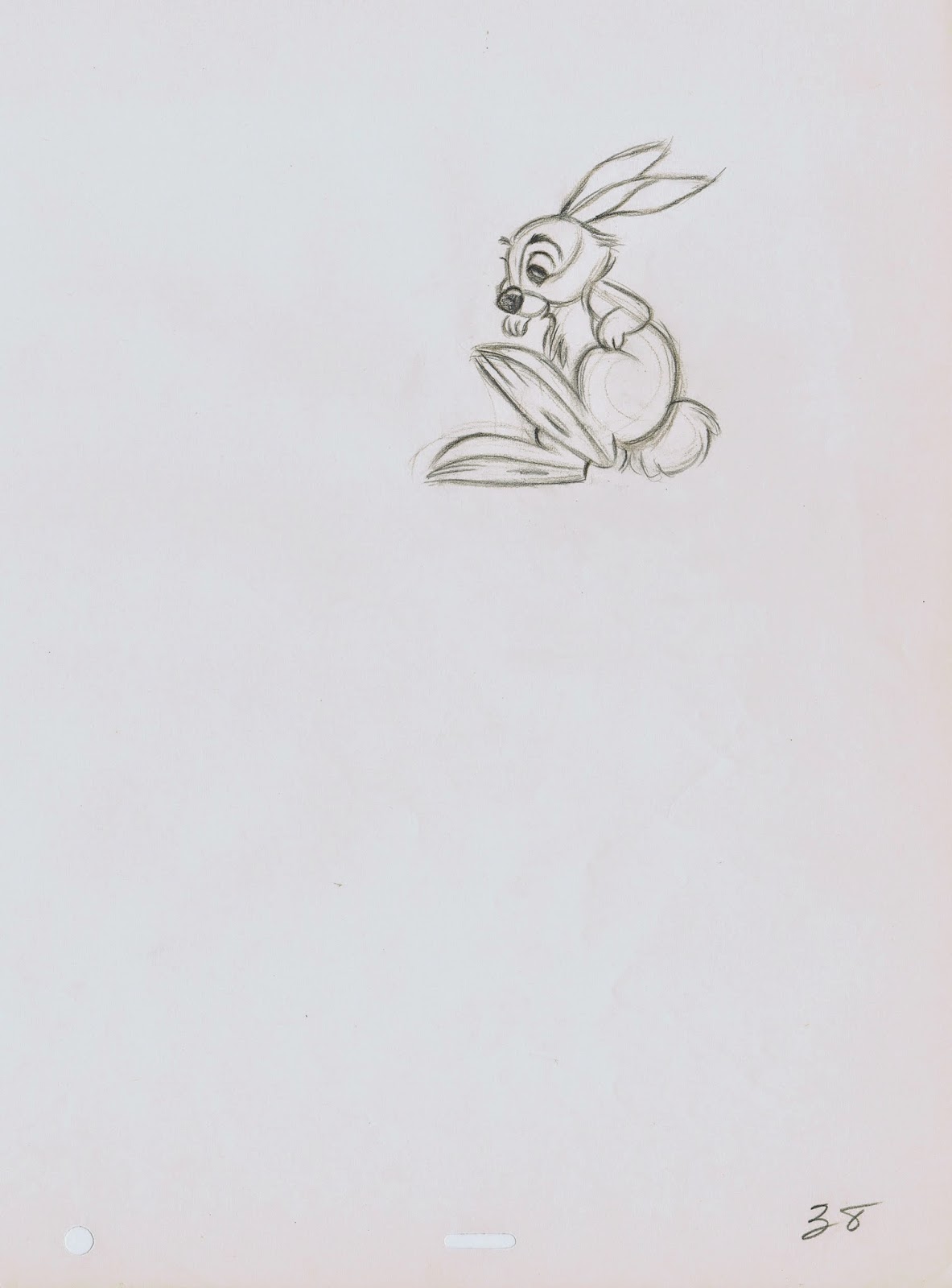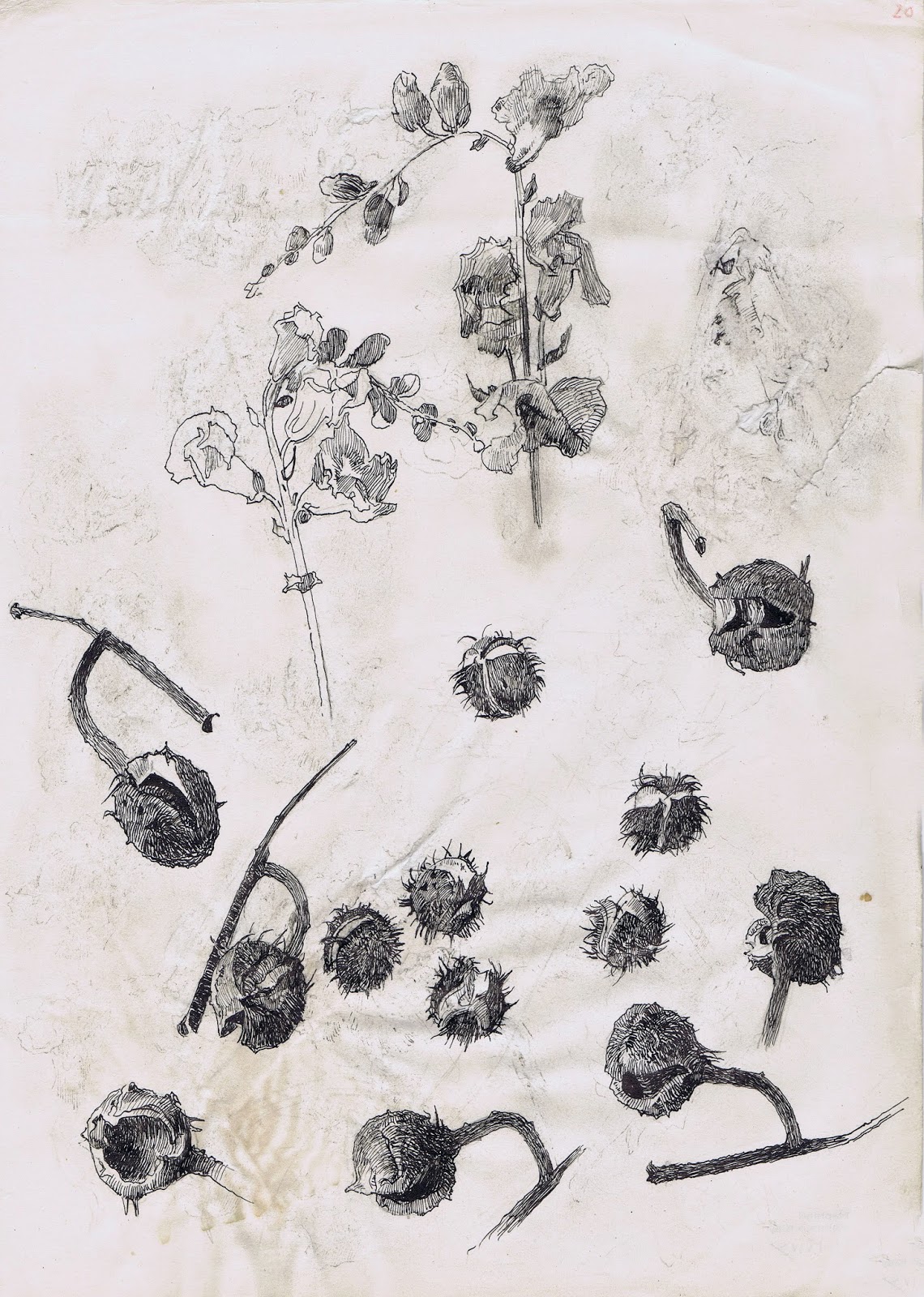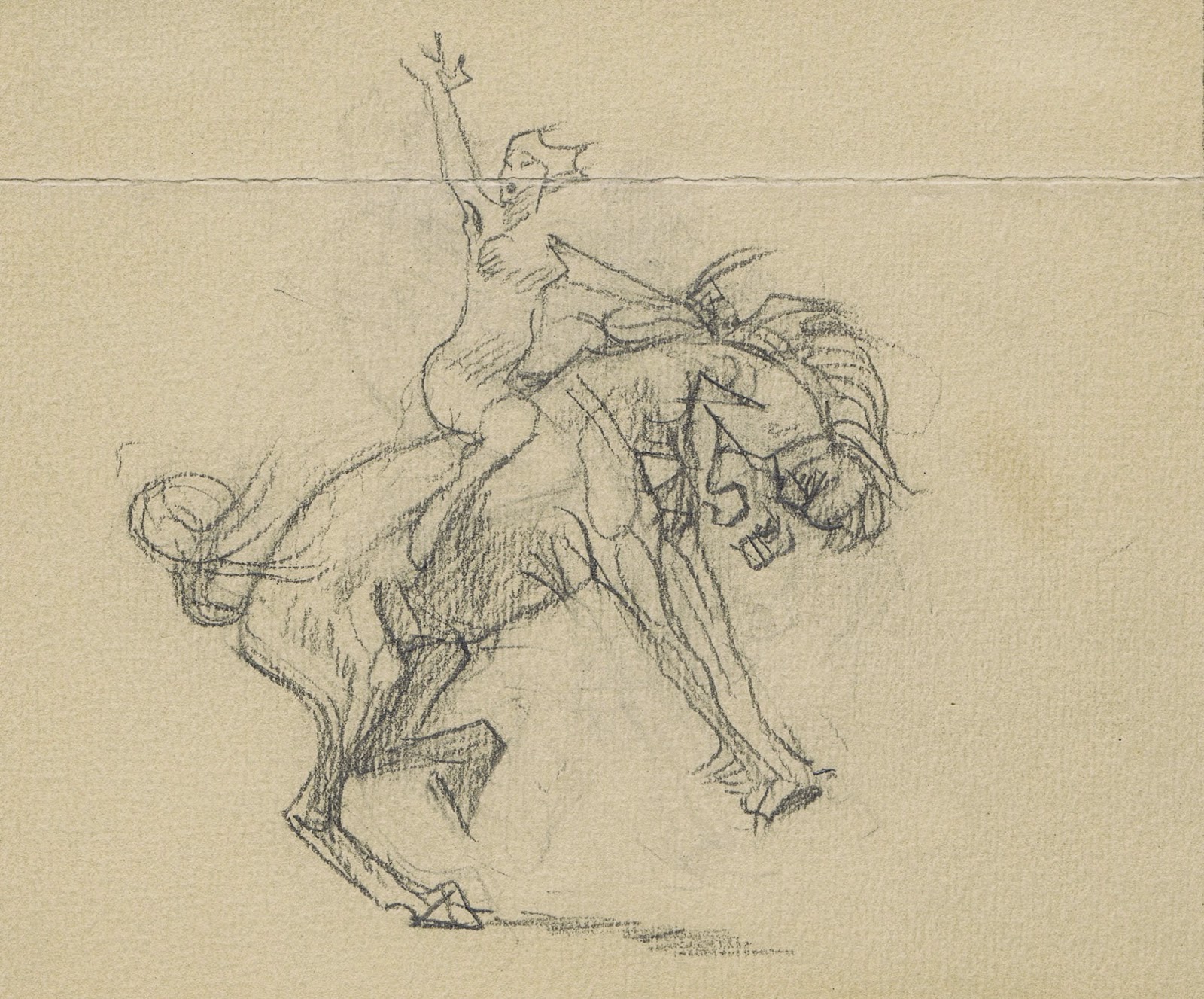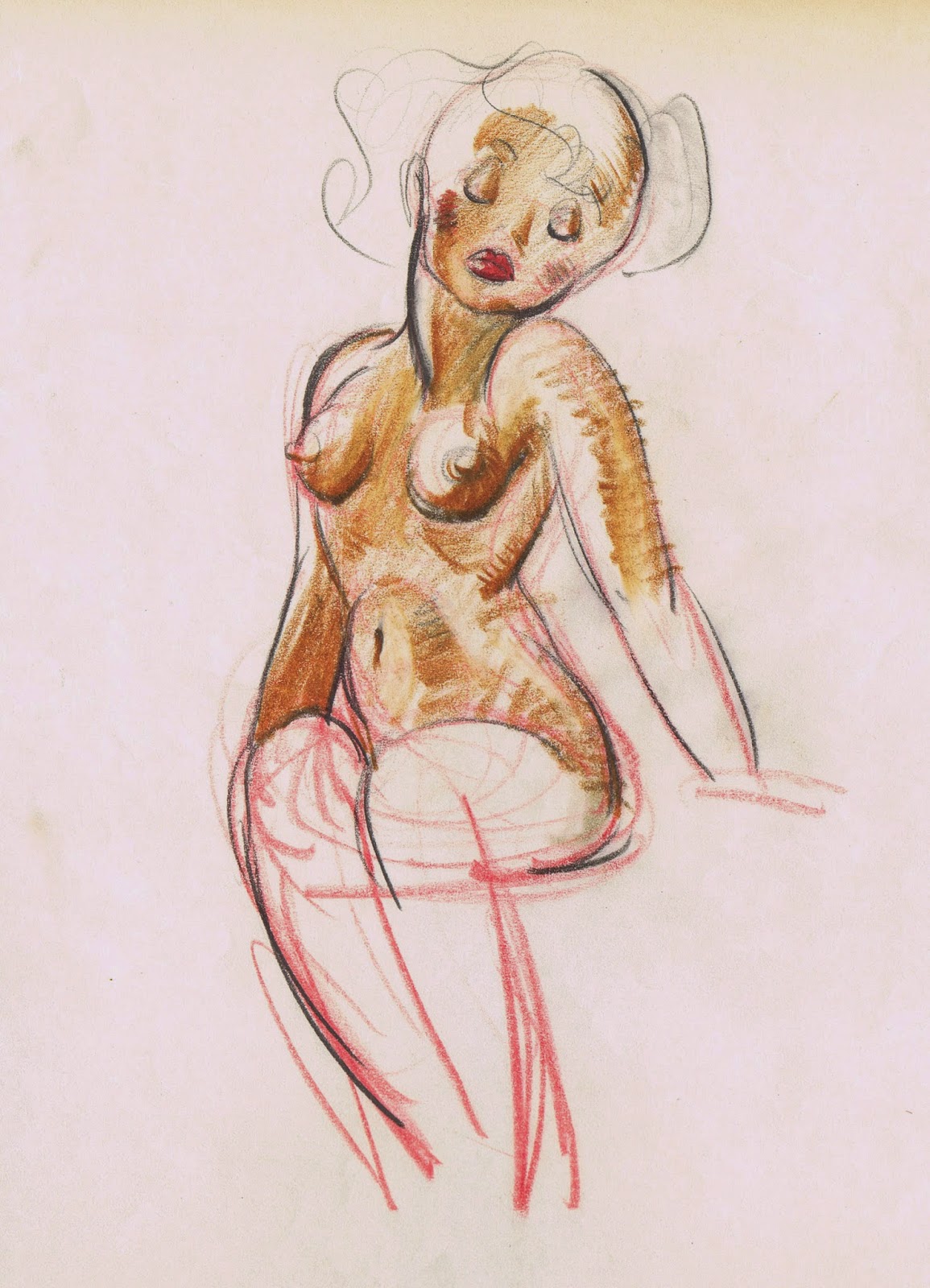Back from France, where I had a blast visiting friends. Didn’t go to Annecy, just hanging out around Paris, which to me is the most beautiful city in the world.
I will be without tech help for a few more days, so here is another post without images.
Since I knew seven of the Nine Old Men (Les Clark and Lounsbery had already passed away when I started at Disney) it was always interesting -though sometimes a little awkward- to hear their comments and opinions about the other ones’ work.
Frank and Ollie often brought up the subject of Milt Kahl’s superb draughtsmanship, but they both felt that Milt had shortcomings as an animator because drawing and design were Milt’s main concern. Not the inner feelings of the character. Frank thought there was a time (during the late 1930s through the 1940s) when Milt was just perfect for the studio. His designs and animation took the Freddy Moore approach to a more refined level, and other animators were able to follow his lead, graphically.
Later Frank also said this about Milt’s animation: “Milt is right about 90 percent of the time, but when he is wrong…boy, is he ever wrong!”
To me, this is actually a huge compliment from one master animator to another. The following statement by Frank is not. “Milt Kahl is an animator who used animation principles very intelligently.”
That’s basically saying, Milt was more of a technician than an artist.
Ollie stated one time that Milt only did what was required in the story boards.
Frank and Ollie thought that Lounsbery had the chops to be a great animator, but that he didn’t work hard enough.
As far as Marc Davis, they thought that he used live action reference too literally. They placed Marc between their own approach to animation and that of Milt Kahl. Milt being too absorbed by perfection in drawing, and their animation being driven by the characters’ inner emotions.
Frank stated that in his opinion Ward Kimball’s only sincere character was Jiminy Cricket. After that Ward started experimenting for experimentation’s sake.
Frank and Ollie liked Woolie Reitherman’s action sequences, but they occasionally questioned his judgement as a director. Robin Hood was the film Frank enjoyed the least working on.
As you can imagine, Milt had strong opinions as well, when it came to looking at his colleague’s work.
He thought that Frank and Ollie could do about anything in animation, but their work was handicapped because of poor drawing. On his last film The Rescuers Milt got so upset with the lack of quality in Frank and Ollie’s work (as well as the work of other animators) he literally blew a fuse. He felt that Bernard and Bianca moved like humans and not like mice.
About his friend Marc Davis, Milt said that Marc was the better draughtsman, but he was the better animator. “When Marc designs a character he starts out by making great drawings right from the start, while I struggle with a lot of bad sketches before I arrive at something I like.”
Milt on Lounsbery:” You had to give him the broad characters, he would do well on those. But he was limited, because he couldn’t handle characters like Peter Pan or Wendy.”
Milt judged Ward Kimball in a similar way, but admitted that Ward would often come up with character situations he himself could never do, like Lucifer the cat looking for a mouse under the tea cups.
Milt thought that was just brilliant.
Milt wasn’t overly enthusiastic about Eric Larson’s animation, but felt that the best thing in Lady and the Tramp was the character of Peg.
Marc Davis’ favorite animator was Milt Kahl. “You never know how Milt is going to animate a scene, he always surprises you.” Among Marc’s favorite Kahl characters were the dancing Llama in Lake Titicaca, and Tigger.
He talked about animator casting for Peter Pan, and felt that Milt should have gotten Captain Hook to animate. “In the film Frank’s acting is ok, but the drawing is subpar.”
Eric Larson was complimentary about all of his colleagues. When talking about Milt Kahl he mentioned: "We all learned from Milt, but I did disagree with him on more than one occasion.”
I am not sure how Kimball felt about the others’ work. He was generally concerned about too much realism coming into the Disney features. One time he gave Milt Kahl, who often handled realistic characters, a “compliment” : “Boy, you are so good with that boring stuff!”
Sometime in the late 1970s the studio screened the film Dumbo for newcomers in the training program. One of the trainees ran into Kimball afterwards and said: ” Ward, Frank Thomas just mentioned that he thinks there isn’t one scene in Dumbo that doesn’t need improvement.” Ward’s answer was:” Frank said that because he didn’t work on the picture.”
According to someone who knew John Lounsbery, during what must have been a down day for him, John stated:” Let’s face it, there is Milt Kahl and the rest of us are just a bunch of amateurs.”
We all know that nothing could be further from the truth.
These guys were ALL phenomenal artists, and with that comes the occasional insecurity, professional jealousy and even a little bit of arrogance. But go and try to name another group of artists who not only changed the medium of film, but changed the lives of so many people.













































